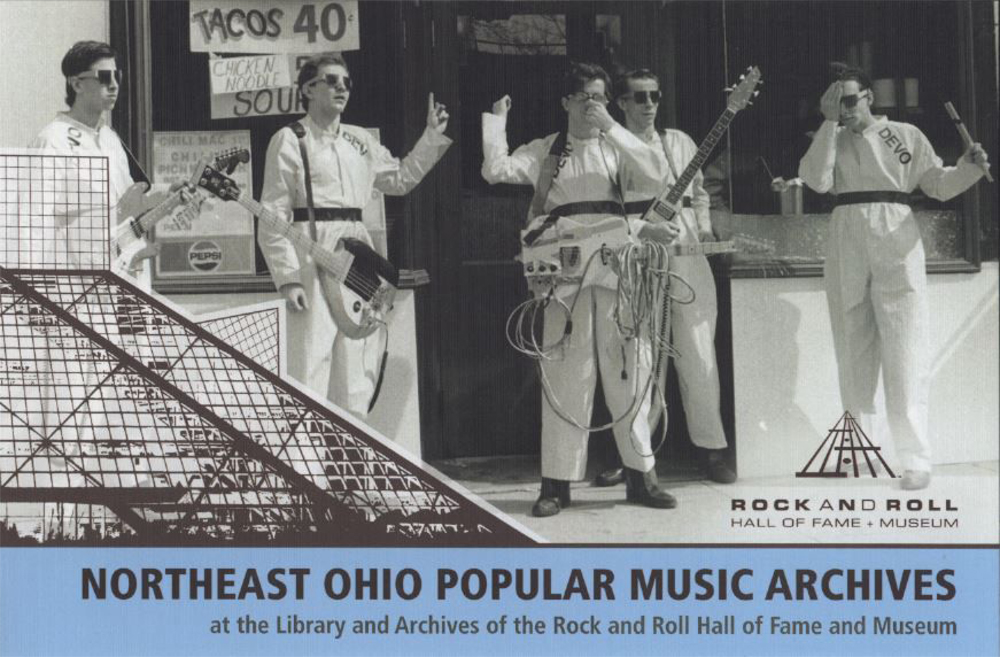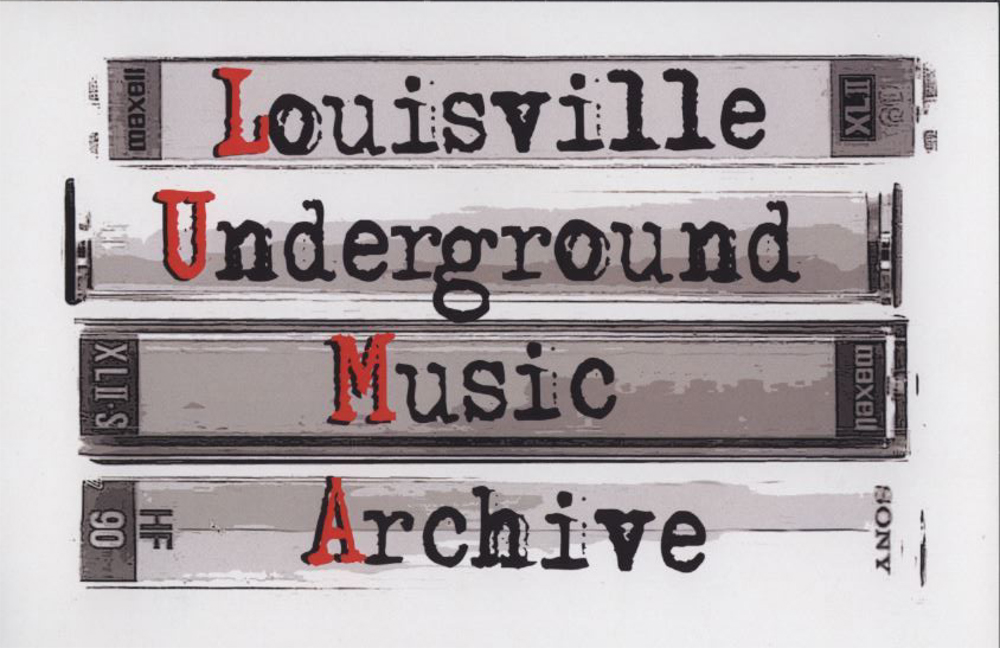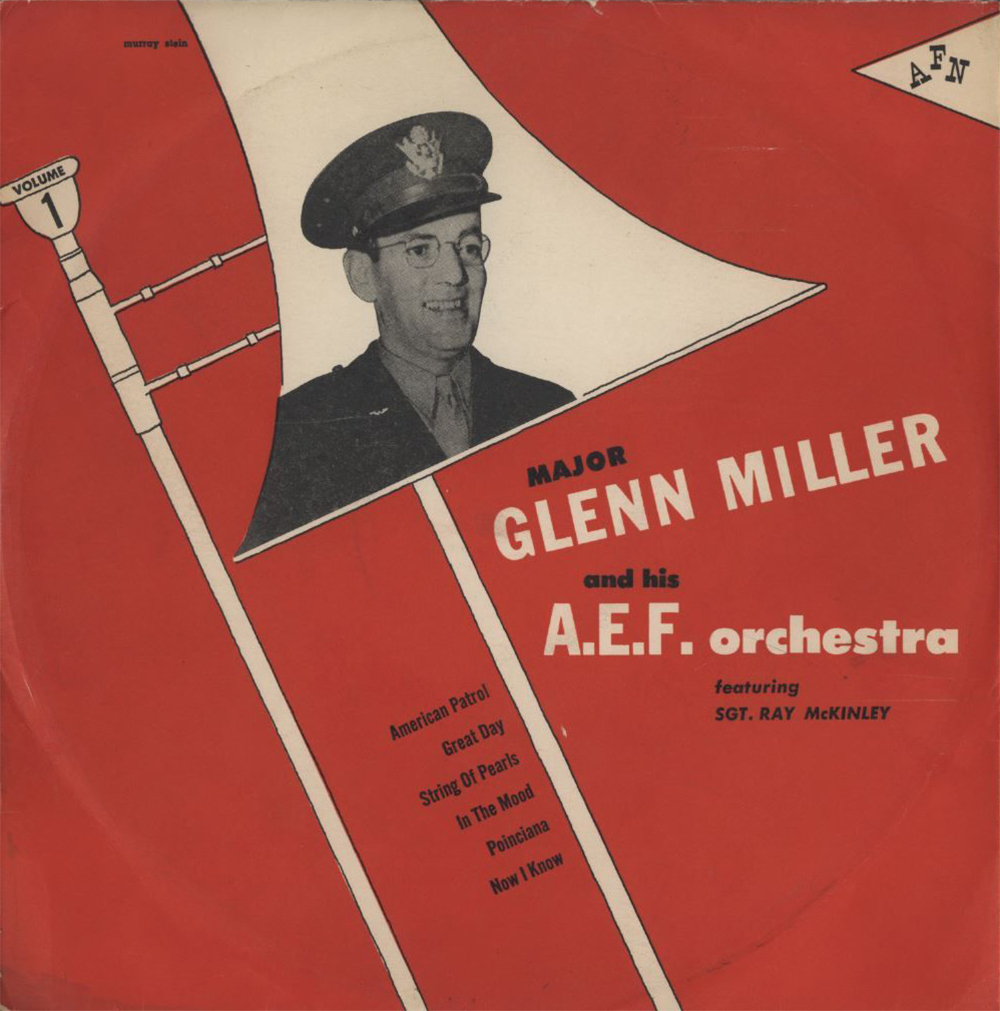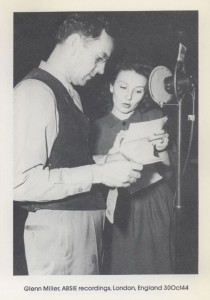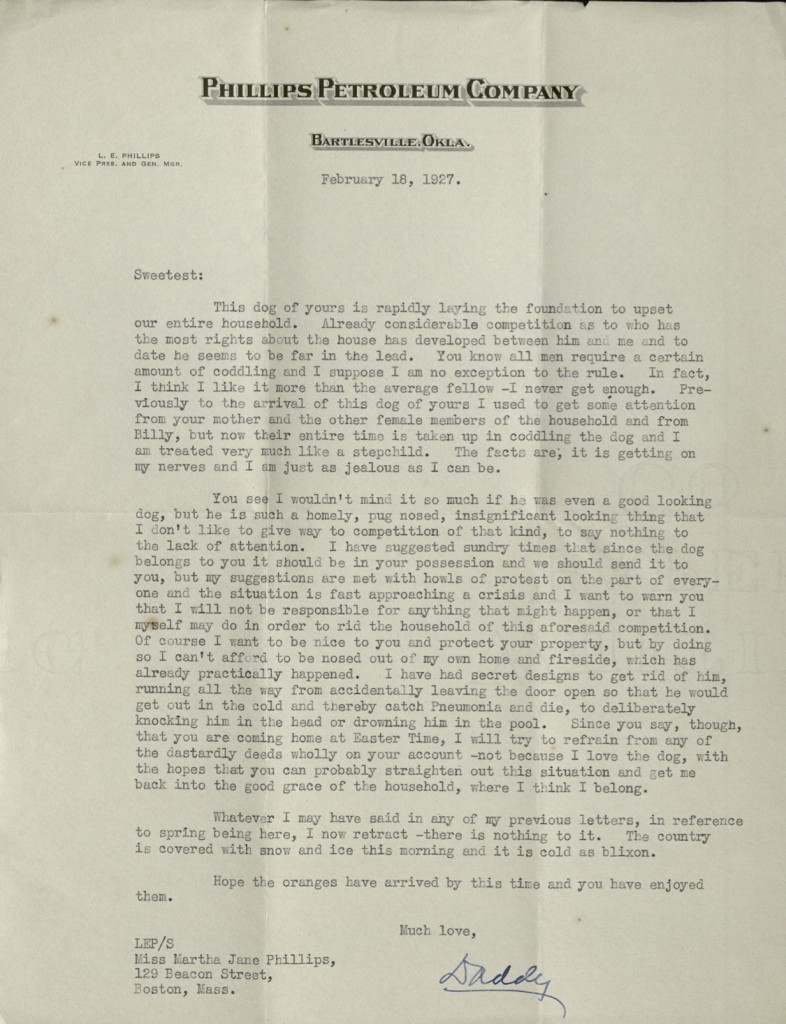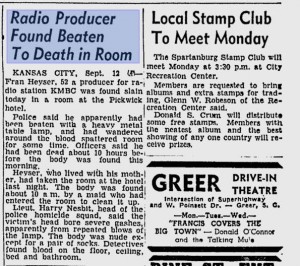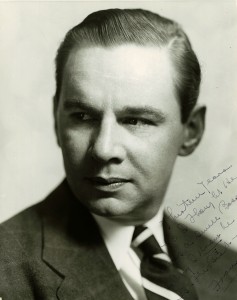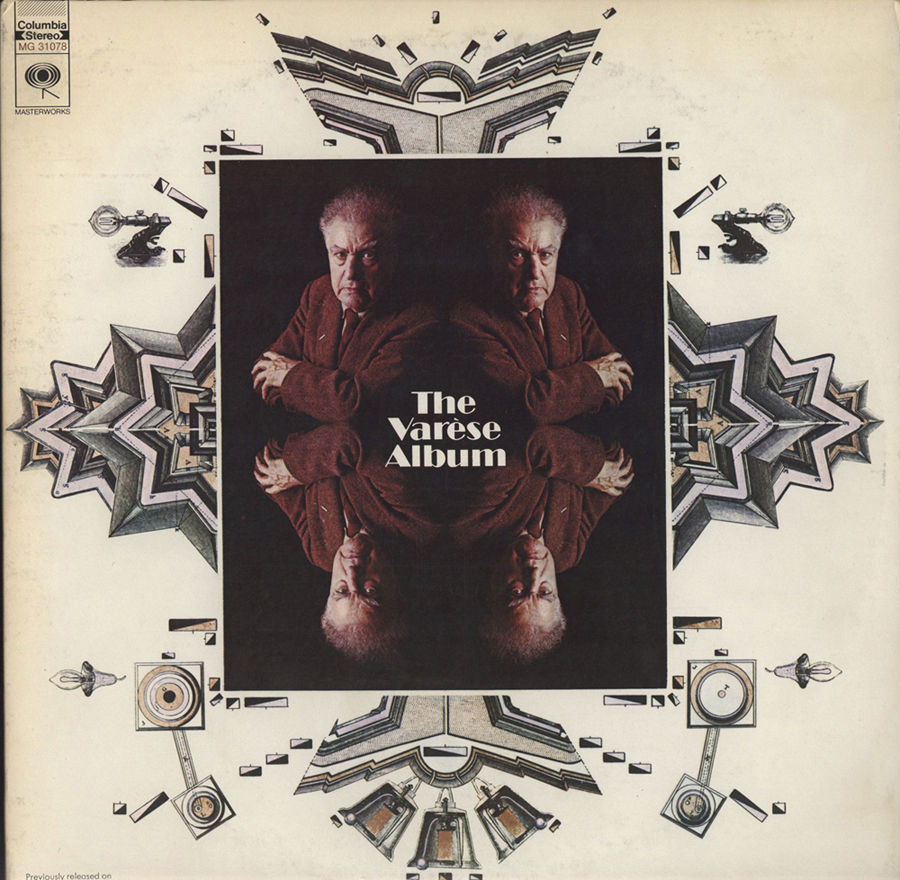 David Basse is one of Kansas City’s best-known contemporary jazz artists. During his tenure broadcasting at Kansas Public Radio in Lawrence, he met Nan Hill, a devout listener and dynamo with unfettered knowledge of the Blues and Jazz Scene. She would come to write the radio host often. She composed her letters as she listened to Basse’s show on the radio and critique his programs as she felt she needed to. This Jazz Aficionada took her job as Mr. Basse’s appointed co-pilot quite seriously. Never could this radio host have imagined, while spreading inspiration with the power of music throughout the airwaves, that he in turn would be galvanized by the passion of this dear soul reaching back to him. Following is a moving tribute by David honoring Nan after her passing.
David Basse is one of Kansas City’s best-known contemporary jazz artists. During his tenure broadcasting at Kansas Public Radio in Lawrence, he met Nan Hill, a devout listener and dynamo with unfettered knowledge of the Blues and Jazz Scene. She would come to write the radio host often. She composed her letters as she listened to Basse’s show on the radio and critique his programs as she felt she needed to. This Jazz Aficionada took her job as Mr. Basse’s appointed co-pilot quite seriously. Never could this radio host have imagined, while spreading inspiration with the power of music throughout the airwaves, that he in turn would be galvanized by the passion of this dear soul reaching back to him. Following is a moving tribute by David honoring Nan after her passing.
1 June 2012
Nan Hill
I programmed a jazz tribute to Nan Hill on Kansas Public Radio last night. The evening sounded a lot like other jazz programming on KPR, yet she would have known the difference: Thelonious Monk, John Coltrane, Kurt Elling, Ahmad Alaadeen… music that Nan might have labeled “Nothing but class, and three solid hours of it – a symphony,” she used to say in her weekly handwritten letters to me at the station. I have every one of Nan’s letters saved meticulously – in the order she sent them. Most have been archived in my section of the LaBudde Special Collections at the University of Missouri, Kansas City. Nan knew her jazz. She loved to listen to the radio while lying down, in order to REALLY LISTEN. Living in Lawrence, Kansas, her favorite shows were hosted by Bob McWilliams, Bob Parlocha, and me. Nan was a lifelong listener of jazz radio, and over the years, she named her all-time favorite hosts to me in her extensive letters. She listened to programming on KPR, sleeping and awake – something that I began doing as a teenager, to get jazz by osmosis, get it into my soul. Nan was the only other person I have ever met who could relate to that: listening to jazz while sleeping. We discovered many such similarities over the past few years.
Nan Hill was my co-pilot. I called her that on air when I needed to let her know that the next song, or preceding song, was played in answer to a request or comment that she had made in her weekly letter. That’s just how Nan and I rolled. If I took a new turn, and played some blues, she responded. If I played two ballads in a row – Dexter Gordon, or whatever, she knew, and she knew that I had programmed that with her in mind. Often times after programming a show, in the comfort of the air studio, I would have the time to savor Nan’s weekly letter, and would be surprised to read that she had requested the very same songs that I had programmed. We were completely in tune. If you are a close friend of Nan’s, or a family member, I may even know when you called her on a Saturday afternoon. Nan always gave me a complete rundown of what I had played and when, until someone who “wasn’t hip to jazz” happened to call and take her away from her “work,” which was listening to and commenting on my show. There was no messing around going on in this relationship. It was a jazz union. I tried, back in 2004, to get her to email me so I could respond in real time, but, Nan wrote letters, on yellow legal paper, stuffed into number 10 envelopes. The letters were “old school,” like the music she loved. I responded with a few letters a year to attempt to balance out the volumes that she put out in my honor. If she felt bad, which she often did, she would send a simple card with Billie Holiday or Charlie Parker on it, and a short note: “Stay hip,” or “Great show, you
are the hippest” ~Nan.
I miss Nan Hill more than anyone will know. She was my co-pilot; she was Ms. C.P. – in 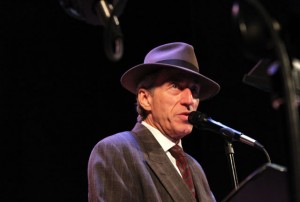 reference to the John Coltrane composition Mr. P.C. The song was written for Paul Chambers, Trane’s long-time bassist, and I realized last night how much Chambers is the star of that piece, driving everyone in the band to perform fabulous solos without being featured himself. That’s a jazz thing. That is exactly what Nan did each week with her solid devotion to me and my colleagues: she pushed the music along, influencing us without getting in the way. Nan fell by the station for a visit once when her granddaughter was in town from California. Nan was dressed like Norma Desmond, with black sunglasses and a brocade wrap around her head. I know she was training her granddaughter to listen to jazz by insisting on the outing. The two of them sat quietly in the studio and watched me program the entire afternoon. From then on, the weekly letters not only included stories from Nan’s active memory and tales of her daily activities, Nan also kept me apprised of the goings on of her beloved granddaughter. It was the hippest. After several years of letters, I decided to call her. I invited her to attend a few jazz shows, the very special ones I offered to drive to Lawrence to pick her up and return her when she was too tired to hang. Once, she actually took me up on the offer, for a holiday jazz event that KPR sponsored at Liberty Hall. Nan reserved a room across the street at the Eldridge Hotel to be close to a bed if she needed to lie down. We talked and wrote back and forth several times while making plans. When the big day came, a serious blizzard hit Lawrence right at the end of my 4pm shift. Nan couldn’t make the scene. She had to hear the gig on the radio, listening and commenting on every nuance of the party – both times it aired!
reference to the John Coltrane composition Mr. P.C. The song was written for Paul Chambers, Trane’s long-time bassist, and I realized last night how much Chambers is the star of that piece, driving everyone in the band to perform fabulous solos without being featured himself. That’s a jazz thing. That is exactly what Nan did each week with her solid devotion to me and my colleagues: she pushed the music along, influencing us without getting in the way. Nan fell by the station for a visit once when her granddaughter was in town from California. Nan was dressed like Norma Desmond, with black sunglasses and a brocade wrap around her head. I know she was training her granddaughter to listen to jazz by insisting on the outing. The two of them sat quietly in the studio and watched me program the entire afternoon. From then on, the weekly letters not only included stories from Nan’s active memory and tales of her daily activities, Nan also kept me apprised of the goings on of her beloved granddaughter. It was the hippest. After several years of letters, I decided to call her. I invited her to attend a few jazz shows, the very special ones I offered to drive to Lawrence to pick her up and return her when she was too tired to hang. Once, she actually took me up on the offer, for a holiday jazz event that KPR sponsored at Liberty Hall. Nan reserved a room across the street at the Eldridge Hotel to be close to a bed if she needed to lie down. We talked and wrote back and forth several times while making plans. When the big day came, a serious blizzard hit Lawrence right at the end of my 4pm shift. Nan couldn’t make the scene. She had to hear the gig on the radio, listening and commenting on every nuance of the party – both times it aired!
Nan Hill heard Monk live in a nightclub. She went to shows back in the day at Baker’s Keyboard Lounge in Detroit. She heard Trane, Duke, and Cab Calloway in movie theaters. Her knowledge of jazz was immense, her commentary on my programming, uncanny. When she first started writing me, I asked her in a letter to be totally honest, to tell me when the show was sub-par, or when I was off my game. She took the “job” very seriously; she listened intently. I played Lou Donaldson’s “Whiskey Drinkin’ Woman” in her honor to make her laugh, which brought on stories from the old days of drinking with her friends, of being in Detroit and attending jazz shows with her mother. Detroit is where Donaldson hails from, and Nan wrote of going out night clubbing when the greats of jazz actually went from town to town, club to club, playing their music.
Nan was a solid gas. Nan was no square. Nan was hip and sharp until the day she left the planet. She hurt. She was in constant pain, but she did her job each week as if her life depended on it. She was a teacher and an incredible help to me, teaching me the ways of jazz, same as Alaadeen, Bobby Watson, Mike Melvoin, Phil Woods, and others have done. You see, jazz is passed on by mentoring. It can be a word, a nod, a slight mention that changes it all, just the way one note changes a composition. Nan will live on through the letters she wrote me and my colleagues. Nan and I will continue to produce jazz programming for many years to come. I have garnered her sensibilities and captured them for future use on my shows. I may no longer exclaim weekly, “This is for Ms. C.P., my constant companion,” or if I do, you and I may remember how I feel about Nan Hill.
The David Basse Collection is located in the LaBudde Special Collections, Miller Nichols Library, UMKC. Thanks to Mr. Basse’s love and diligence those many years, Nan Hill is with us still. To read her letters is to feel her soul. Her personality was infectious and it radiates in her every word.
Teresa Wilson Gipson – Libraries Information Specialist II, LaBudde Special Collections
Like this:
Like Loading...
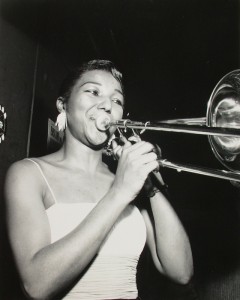
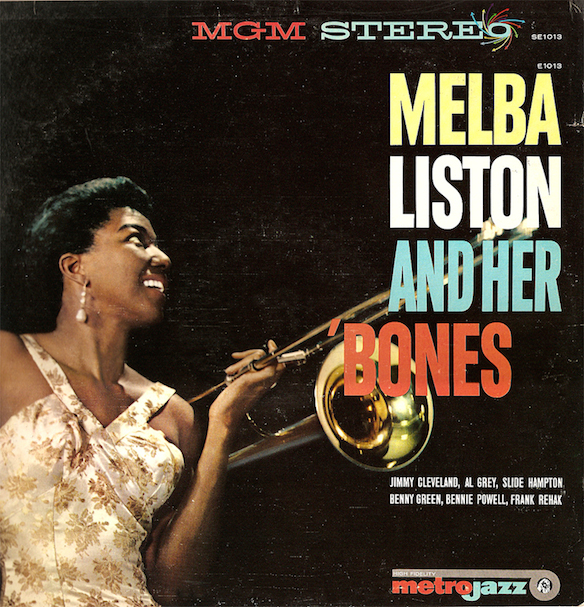
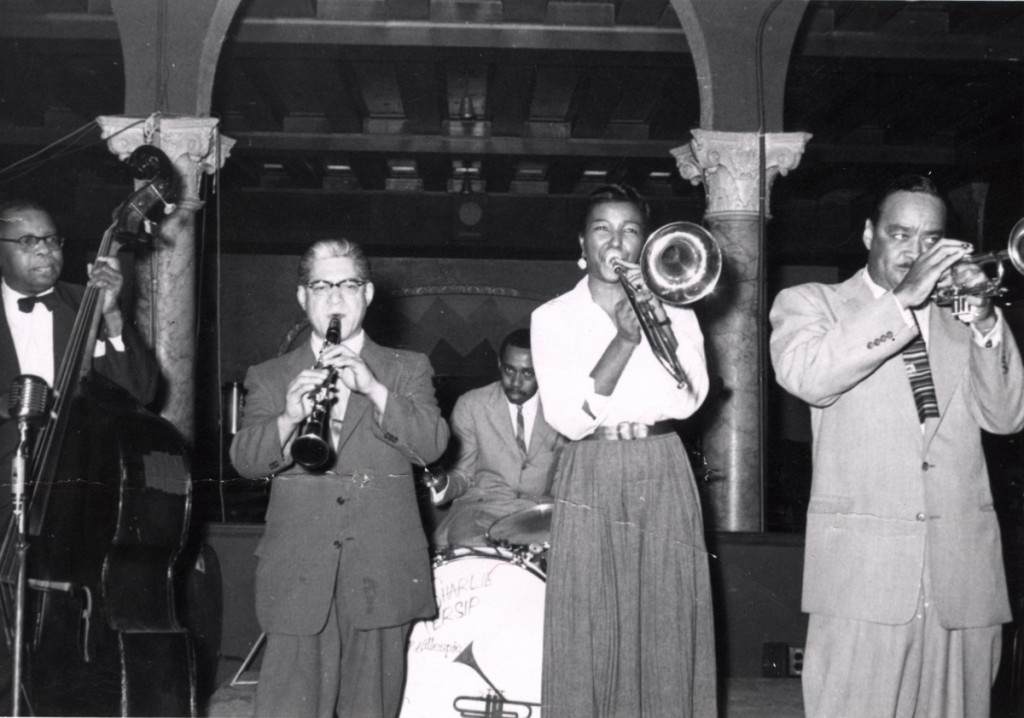
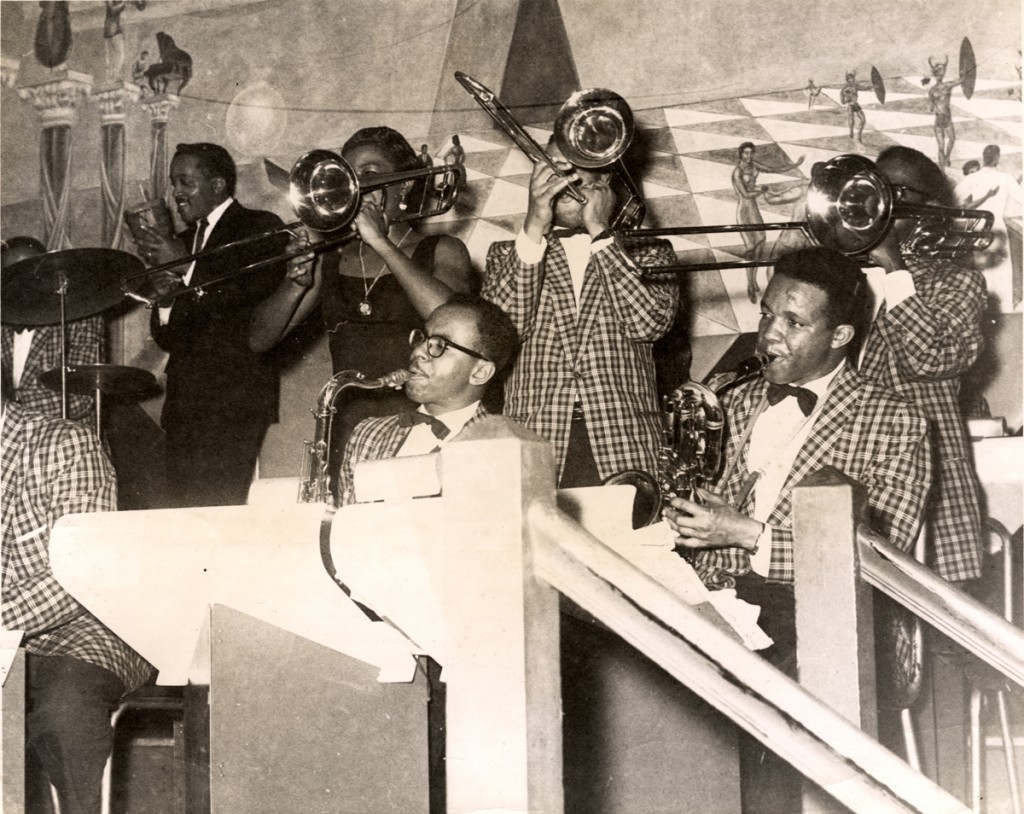
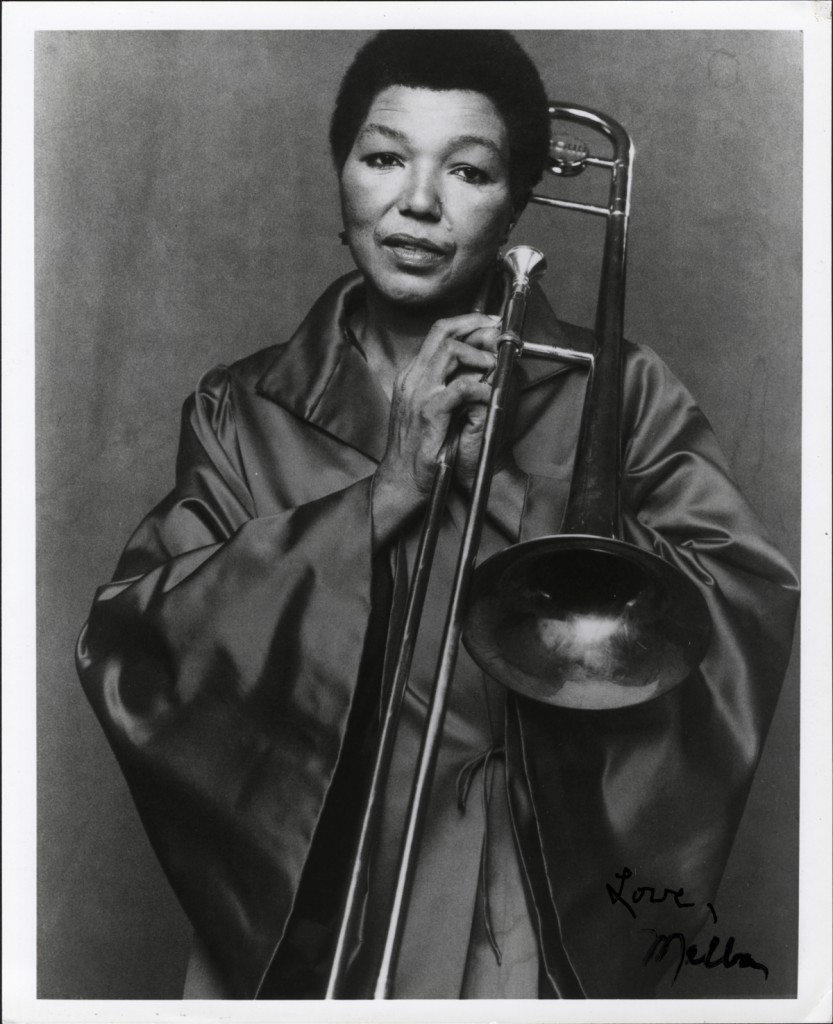

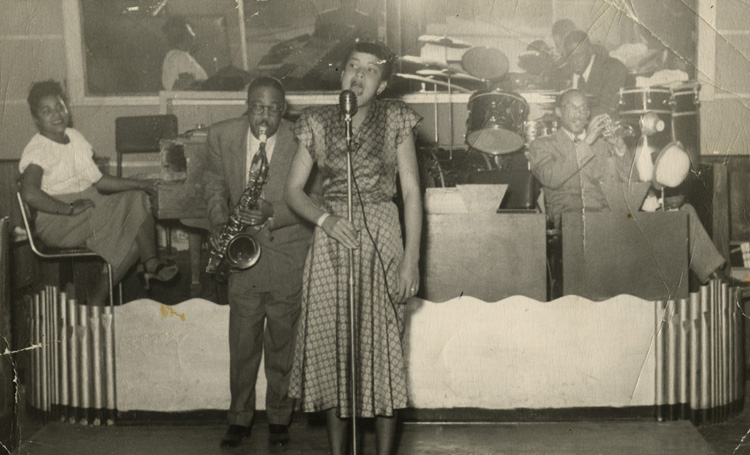

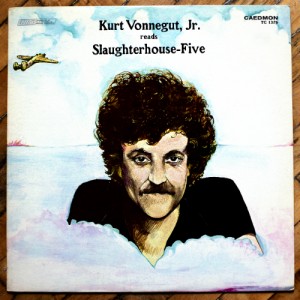
 David Basse is one of Kansas City’s best-known contemporary jazz artists. During his tenure broadcasting at Kansas Public Radio in Lawrence, he met Nan Hill, a devout listener and dynamo with unfettered knowledge of the Blues and Jazz Scene. She would come to write the radio host often. She composed her letters as she listened to Basse’s show on the radio and critique his programs as she felt she needed to. This Jazz Aficionada took her job as Mr. Basse’s appointed co-pilot quite seriously. Never could this radio host have imagined, while spreading inspiration with the power of music throughout the airwaves, that he in turn would be galvanized by the passion of this dear soul reaching back to him. Following is a moving tribute by David honoring Nan after her passing.
David Basse is one of Kansas City’s best-known contemporary jazz artists. During his tenure broadcasting at Kansas Public Radio in Lawrence, he met Nan Hill, a devout listener and dynamo with unfettered knowledge of the Blues and Jazz Scene. She would come to write the radio host often. She composed her letters as she listened to Basse’s show on the radio and critique his programs as she felt she needed to. This Jazz Aficionada took her job as Mr. Basse’s appointed co-pilot quite seriously. Never could this radio host have imagined, while spreading inspiration with the power of music throughout the airwaves, that he in turn would be galvanized by the passion of this dear soul reaching back to him. Following is a moving tribute by David honoring Nan after her passing. reference to the John Coltrane composition Mr. P.C. The song was written for Paul Chambers, Trane’s long-time bassist, and I realized last night how much Chambers is the star of that piece, driving everyone in the band to perform fabulous solos without being featured himself. That’s a jazz thing. That is exactly what Nan did each week with her solid devotion to me and my colleagues: she pushed the music along, influencing us without getting in the way. Nan fell by the station for a visit once when her granddaughter was in town from California. Nan was dressed like Norma Desmond, with black sunglasses and a brocade wrap around her head. I know she was training her granddaughter to listen to jazz by insisting on the outing. The two of them sat quietly in the studio and watched me program the entire afternoon. From then on, the weekly letters not only included stories from Nan’s active memory and tales of her daily activities, Nan also kept me apprised of the goings on of her beloved granddaughter. It was the hippest. After several years of letters, I decided to call her. I invited her to attend a few jazz shows, the very special ones I offered to drive to Lawrence to pick her up and return her when she was too tired to hang. Once, she actually took me up on the offer, for a holiday jazz event that KPR sponsored at Liberty Hall. Nan reserved a room across the street at the Eldridge Hotel to be close to a bed if she needed to lie down. We talked and wrote back and forth several times while making plans. When the big day came, a serious blizzard hit Lawrence right at the end of my 4pm shift. Nan couldn’t make the scene. She had to hear the gig on the radio, listening and commenting on every nuance of the party – both times it aired!
reference to the John Coltrane composition Mr. P.C. The song was written for Paul Chambers, Trane’s long-time bassist, and I realized last night how much Chambers is the star of that piece, driving everyone in the band to perform fabulous solos without being featured himself. That’s a jazz thing. That is exactly what Nan did each week with her solid devotion to me and my colleagues: she pushed the music along, influencing us without getting in the way. Nan fell by the station for a visit once when her granddaughter was in town from California. Nan was dressed like Norma Desmond, with black sunglasses and a brocade wrap around her head. I know she was training her granddaughter to listen to jazz by insisting on the outing. The two of them sat quietly in the studio and watched me program the entire afternoon. From then on, the weekly letters not only included stories from Nan’s active memory and tales of her daily activities, Nan also kept me apprised of the goings on of her beloved granddaughter. It was the hippest. After several years of letters, I decided to call her. I invited her to attend a few jazz shows, the very special ones I offered to drive to Lawrence to pick her up and return her when she was too tired to hang. Once, she actually took me up on the offer, for a holiday jazz event that KPR sponsored at Liberty Hall. Nan reserved a room across the street at the Eldridge Hotel to be close to a bed if she needed to lie down. We talked and wrote back and forth several times while making plans. When the big day came, a serious blizzard hit Lawrence right at the end of my 4pm shift. Nan couldn’t make the scene. She had to hear the gig on the radio, listening and commenting on every nuance of the party – both times it aired!
